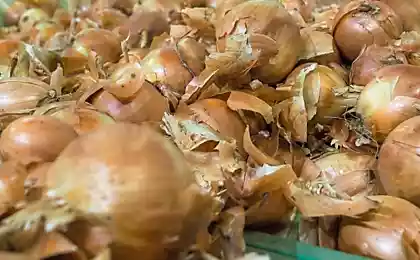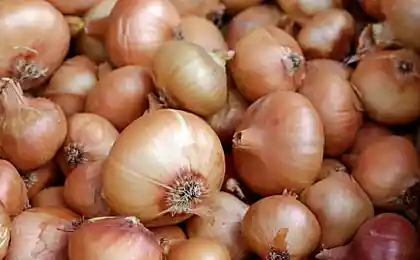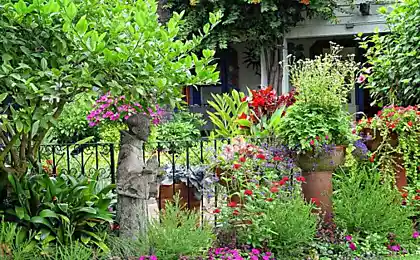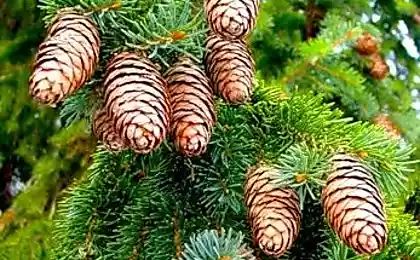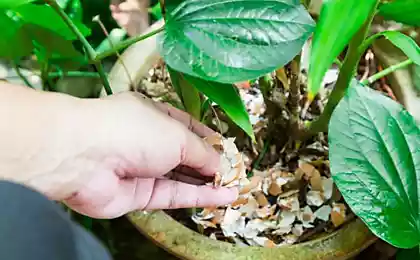204
November is the perfect time to water pots of onion husks, and here’s why
It is unlikely that there is such a hostess who would not use onions during cooking. And what do we do in the first place? Clean the onions from the husks and throw it away, not realizing that the onion husks are the ideal feeding for indoor flowers.

What unique features has onion husk feeding, how to prepare it and how to use it in the care of indoor flowers? We will try to answer all these common questions in our article.
The infusion of onion husks favorably differs from other fertilizing in that it is not only a rich source of trace elements, but also protection from all kinds of pests and plant hygiene.
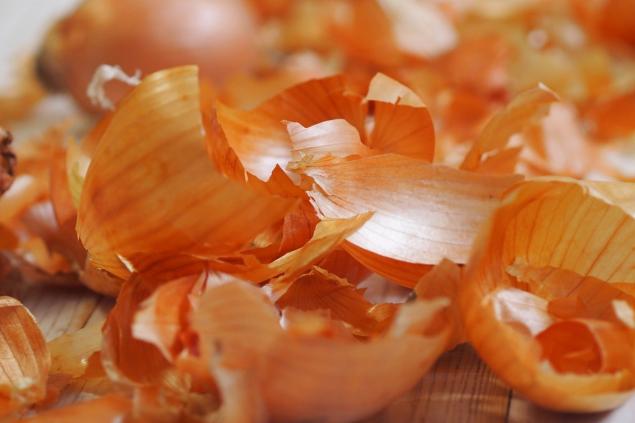
The husks contain phosphorus, nicotinic acid, sulfur compounds, essential oils, vitamins and phytoncides. Due to this, extracts from it have powerful insecticide and fungicidal properties, help fight plant diseases and scare away pests.

Aquatic extracts from husks protect our green pets from aphids, spider mites, thrips. The nutrient fluid also serves as an effective remedy for phytophthorosis, powdery dew, various types of rot.

And onion infusions are a good natural growth stimulant. As well as the husk itself, which gardeners, for example, often put in holes when planting tomatoes.
For the preparation of fertilization, it is important to take only dry husks without signs of rot and spoilage. Depending on the method of preparation, the infusion has more or less pronounced properties. A weak solution is usually used for feeding and prevention. More concentrated is suitable for processing plants already affected by diseases.

Preparation of fertilizer will require 4 handfuls of husks and a small bucket. Pour the husk with warm water, bring to a boil, leave to infuse for a day. After that, strain, dilute 1.5 liters of composition with a bucket of rainwater and use it for irrigation.

For use as a prevention of diseases, prepare a decoction of a handful of husks and 1.5 liters of water. Boil water with husk for 5 minutes, remove from the stove, insist for 3 hours. Then strain and pour into the spray.
Fresh decoction of husks can water houseplants and spray their leaves. However, with spraying, you should be careful. Once on the windowsill and curtains, the liquid can paint them in a pale yellow color. So water the plants under the root or wipe their leaves soaked in infusion sponge.

Flowers in November require special attention. Some are preparing for a period of rest, others, on the contrary, are going to bloom. Experienced growers claim that even one fertilization per month is enough to make your plants on the windowsill return to normal.
In general, decoctions, infusions and mulch from onion husks have almost no contraindications and are a safe means of fertilizer and treatment from pests. But it should be remembered that a number of plants (cacti, ficus, aloe, fatty) decoction of husks has a negative effect.

What unique features has onion husk feeding, how to prepare it and how to use it in the care of indoor flowers? We will try to answer all these common questions in our article.
The infusion of onion husks favorably differs from other fertilizing in that it is not only a rich source of trace elements, but also protection from all kinds of pests and plant hygiene.

The husks contain phosphorus, nicotinic acid, sulfur compounds, essential oils, vitamins and phytoncides. Due to this, extracts from it have powerful insecticide and fungicidal properties, help fight plant diseases and scare away pests.

Aquatic extracts from husks protect our green pets from aphids, spider mites, thrips. The nutrient fluid also serves as an effective remedy for phytophthorosis, powdery dew, various types of rot.

And onion infusions are a good natural growth stimulant. As well as the husk itself, which gardeners, for example, often put in holes when planting tomatoes.
For the preparation of fertilization, it is important to take only dry husks without signs of rot and spoilage. Depending on the method of preparation, the infusion has more or less pronounced properties. A weak solution is usually used for feeding and prevention. More concentrated is suitable for processing plants already affected by diseases.

Preparation of fertilizer will require 4 handfuls of husks and a small bucket. Pour the husk with warm water, bring to a boil, leave to infuse for a day. After that, strain, dilute 1.5 liters of composition with a bucket of rainwater and use it for irrigation.

For use as a prevention of diseases, prepare a decoction of a handful of husks and 1.5 liters of water. Boil water with husk for 5 minutes, remove from the stove, insist for 3 hours. Then strain and pour into the spray.
Fresh decoction of husks can water houseplants and spray their leaves. However, with spraying, you should be careful. Once on the windowsill and curtains, the liquid can paint them in a pale yellow color. So water the plants under the root or wipe their leaves soaked in infusion sponge.

Flowers in November require special attention. Some are preparing for a period of rest, others, on the contrary, are going to bloom. Experienced growers claim that even one fertilization per month is enough to make your plants on the windowsill return to normal.
In general, decoctions, infusions and mulch from onion husks have almost no contraindications and are a safe means of fertilizer and treatment from pests. But it should be remembered that a number of plants (cacti, ficus, aloe, fatty) decoction of husks has a negative effect.
Did Agatha Christie agree to marry a man fourteen years younger?
How to respond to a spouse who does not give money for a new bottle of perfume





